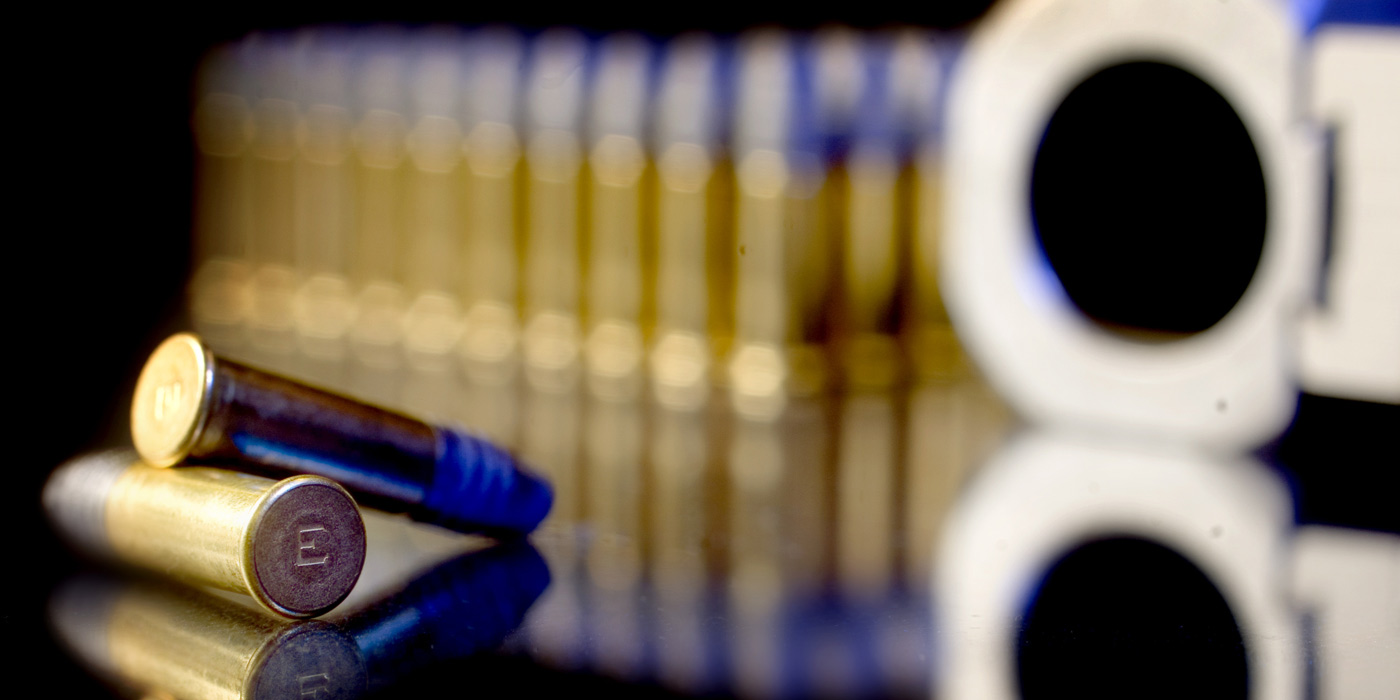
Although oftentimes considered a beginner's calibre, or perhaps only useful for training purposes, the venerable .22 Long Rifle is quite simply the most popular calibre found on planet Earth, with estimates placing the number of .22 LR rifle rounds manufactured per year at somewhere in the neighbourhood of 2.5 billion. Given an average projectile weight of 40 grains, that equates to no less than one hundred billion grains' worth of lead alone.
Utilized in everything from pistols to smoothbore shotguns, the good old .22 LR first saw service in 1887, when the J. Stevens Arms & Tool Company discarded the 29 grain bullet found in a .22 Long and replaced it with the 40 grain projectile found in the now-defunct .22 Extra Long. The subsequent round, called the .22 Long Rifle, maintained the muzzle velocity of the .22 Extra Long with the reduced bulk of the .22 Long, and quickly replaced both its donor cartridges as the rimfire of record.
And although the advent of smokeless powder has allowed manufacturers to develop all manner of spin-off cartridges pushing projectiles at speeds of over 1,600 feet per second, it's been the standard .22 LR that has remained the most popular. Earning it's keep with everyone from small game hunters to Olympic athletes, the standard velocity load of one 40 grain pill propelled at roughly 1,070 feet per second remains the most popular.
A large contributing factor to the standard velocity round's popularity remains its accuracy. Even though the fastest Hyper Velocity .22 Long Rifle rounds may leave the barrel at supersonic speeds and subsequently maintain a flatter trajectory, they all drop below the speed of sound before traversing 100 yards, and are thus overtaken by its own supersonic shock wave. This creates some instability in the bullet's flight, and opens up groups unduly; something the standard velocity .22 Long Rifle round's subsonic speeds prevent it from being subjected to. As proof of what the standard velocity round is capable of, gold-medal winner Sergei Martynov fired ten rounds of .22 LR at the 50 meter prone target in London this summer that resulted a hole roughly the same size as that left by a single 9mm round. And that group was shot with 13-year old rifle firing Soviet-era ammunition.
But for the average shooter not yet capable of that degree of surgical precision, the .22 LR's gentle behaviour, low cost, quiet performance and high reliability has made it the ultimate training round. As a result of this demand, manufacturers are now offering .22 Long Rifle conversions for popular centrefire firearms, and buyers can now find everything from purpose-built training AR-15s chambered in .22 LR to M1911 and Glock conversion kits. Reacquainting many with a calibre they'd long since left behind, these kits are helping rimfire calibres enjoy a bit of a resurgence, which is an undeniably a good thing.
After all, an empty soup can on a fence post and a nice little .22 Long Rifle can be just as much fun today as it was 125 years ago.